There is a lot of debate in the world of single-board computers (SBCs) over which one reigns supreme: BeagleBone or Arduino. Both have their own unique strengths and weaknesses, so it can be difficult to decide which one is right for you. In this article, we will compare and contrast these two popular SBCs and help you decide which one is the best fit for your needs.
Single Board Computers in General
SBCs have become popular among makers, hobbyists, engineers, and students due to their affordability and accessibility. With an SBC, you can easily create projects from home or in the classroom without needing to be an expert in electronics or programming language.
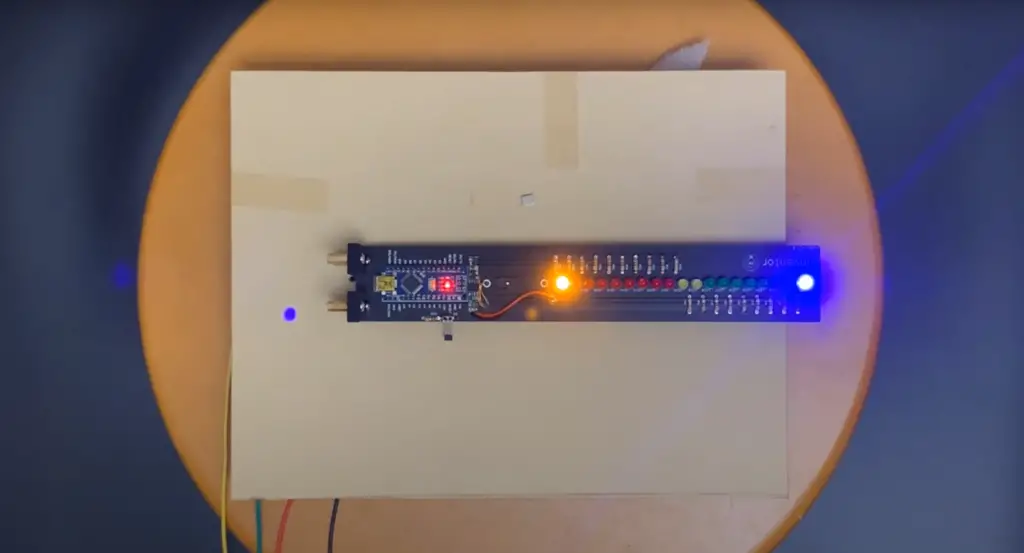
When it comes to picking the right Single Board Computer (SBC), the BeagleBone and Arduino have been leading contenders in the market for years. Both of these powerful tools are capable of powering a wide range of projects, but they offer different advantages and drawbacks when it comes to functionality, speed, performance, and cost. In the following sections we will discuss some of the key distinctions between BeagleBone vs Arduino so that you can decide which board is better for you.
BeagleBone
It was designed with a low-cost, high-performance microcontroller architecture that makes it ideal for hobbyists who want to use the power of a PC without investing in costly hardware. The main features include: an ARM Cortex A8 processor which can be overclocked up to 1GHz, 512 MB of RAM as well as multiple I/O ports like HDMI, USB, Ethernet, and Bluetooth.
The BeagleBoard also features an expanded version of the Linux operating system called Ångström that is tailored to its specific needs. This enables developers to create custom code for their projects while running on a lightweight platform. Additionally, it comes with several pre-installed development tools such as Node.js and Python libraries to make coding easier.
Unlike Arduino which can only perform simple tasks like controlling LEDs and other components, the BeagleBoard offers more advanced options due to its powerful processor and expansive library of applications. It’s even capable of connecting to the Internet of Things (IoT) to provide real-time data.
The BeagleBone also has an extensive network of community resources with tutorials and guides available to help users get started quickly and easily. Additionally, the boards come with an onboard 4GB eMMC flash memory so there is no need to purchase additional storage space.
Advantages of BeagleBone
To get a better idea of the advantages offered by the BeagleBone, let’s discuss some of its most prominent features.
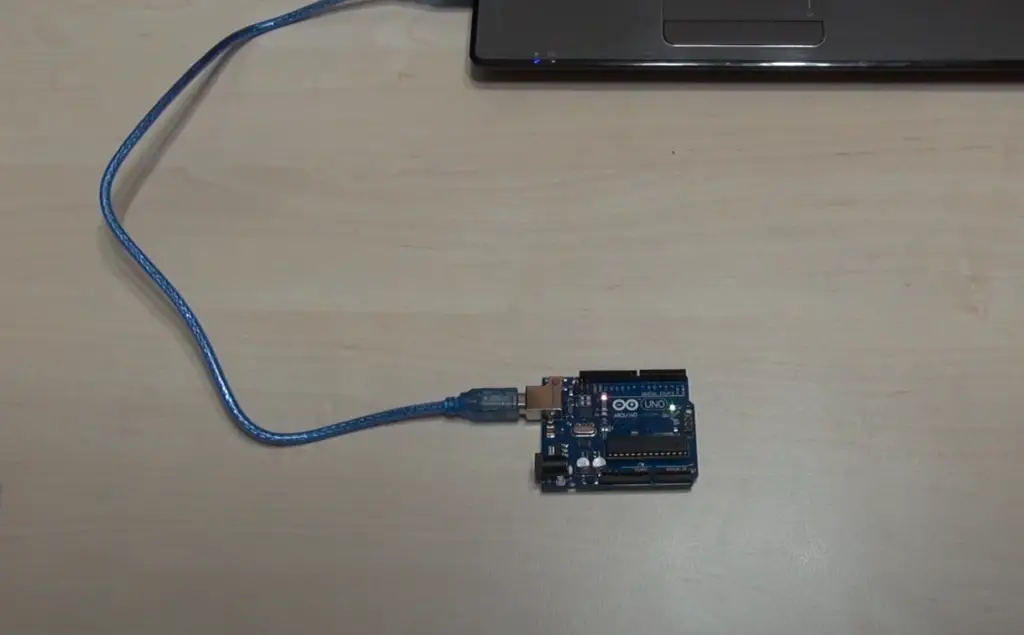
Swapping systems is easy
The BeagleBone has a built-in bootloader allowing you to easily switch between various operating systems. This makes it easier for developers to experiment with different platforms at their own pace without the need to purchase additional hardware.
This is important for various projects that require different configurations, as you can quickly switch between operating systems to find the best configuration.
Can interact with a variety of external sensors
The BeagleBone offers a wide range of digital and analog input/output ports that allow it to interact with a variety of external sensors. This makes it easier to develop projects involving the gathering of data from multiple sources.
For example, if you were developing an air quality monitoring system, you could use the BeagleBone’s I/O ports to connect different types of sensors for measuring temperature, humidity, CO2 levels and other factors.
Support for custom applications
The BeagleBoard has extensive support for custom applications and languages like Python, Node.JS and C++. It also comes with many software libraries that provide additional functionality such as networking protocols, audio processing and image manipulation.
These features make it easier for developers to create their own custom applications that are tailored specifically to their project’s needs.
On board storage
The BeagleBone also has an onboard 4GB eMMC flash memory for storing data. You don’t need to purchase additional storage space, as the board already comes with enough storage for most projects.
This is great for those who want to develop complex applications that require a large amount of data, as they won’t have to worry about buying additional storage space. Not all SBCs offer this kind of storage, so it’s a great feature to have. [1], [2], [3]
Disadvantages of BeagleBone
While the BeagleBone is a solid choice for a variety of uses, there are some drawbacks to consider. Let’s discuss these in more detail.
Lack of USB ports
The BeagleBone has only one USB port for connecting devices, which may not be enough for some projects. If you need to connect more than one device, you’ll need to invest in an external USB hub or adapter.
This can be a bit of an inconvenience if your project requires the use of multiple USB-connected components.
Poor video encoding
The BeagleBone can support video encoding, but it’s not as good as the Arduino. While most of the BeagleBone boards come with a HDMI port, the video encoding capabilities are limited.
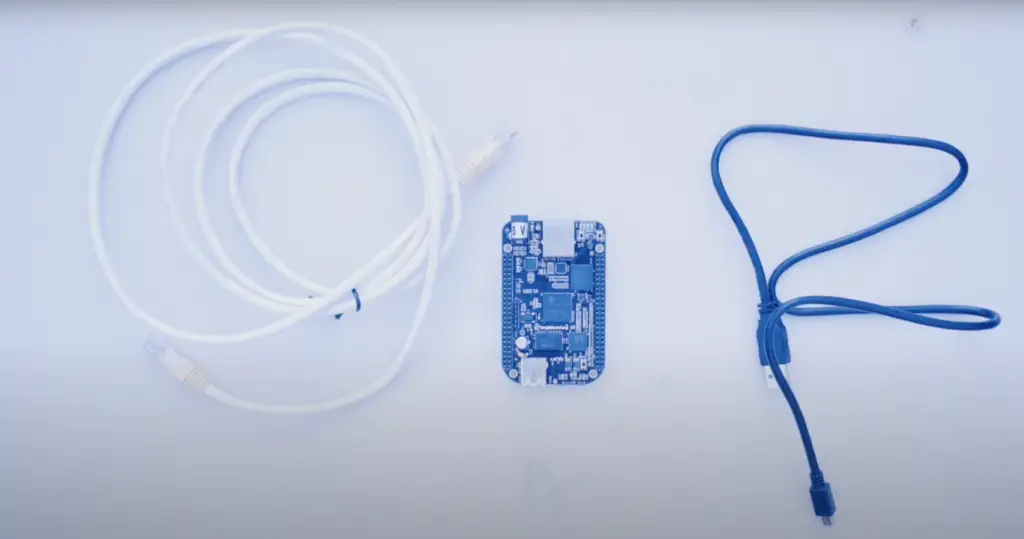
When you connect the BeagleBone to your TV, you may experience choppy playback or slow loading times. This makes it unsuitable for applications that require smooth playback or streaming video.
Because of that, if you’re creating a project that requires high-quality video streaming or recording, then the BeagleBone is not the best choice. The Arduino can handle these tasks much better.
Expensive
Finally, the BeagleBone is more expensive than the Arduino. The cost of the board and all related components can be quite pricey. This isn’t always an issue for those with a bigger budget, but it can be if you’re on a tight budget. Additionally, many of the accessories needed for projects are not always included in the initial purchase price of the device, which further adds to its cost.
If your project requires extra parts or components that aren’t included in the initial package, then this could end up costing you more money than expected.
For example, you should expect to pay $60+ for BeagleBone Black while Arduino will cost you less than $20. Therefore, if you’re looking for a device that won’t break the bank, the Arduino is the better option. [1], [2], [3]
Arduino
Arduino was designed with accessibility and simplicity in mind, making it perfect for beginners who don’t have the technical knowledge or time to learn complicated coding. The primary features include: an 8-bit ATmega328 AVR processor, 6 analog inputs, 14 digital I/O pins, a USB port, and a wide range of compatible shields.
The Arduino family has a powerful range of single-board computers, including Arduino Uno, Mega, Due and Zero. It is also the most popular option for building projects in robotics, IoT (Internet of Things) and automation as it is easier to use than other competitors like Raspberry Pi or BeagleBone.
Unlike the BeagleBoard which requires some level of technical knowhow, the Arduino is straightforward and user-friendly. Programming for the Arduino is done in a language called Processing, which is designed specifically to interact with the board. It also comes with an extensive library of instructions that can be used to create projects ranging from simple LED light displays to more complex tasks such as controlling motors and sensors.
The Arduino’s main limitation is its processing power. Because it has an 8-bit processor, it can only handle basic operations like blinking lights and running motors. While it does offer some connectivity options like Bluetooth and NFC, these are limited compared to the BeagleBoard’s wide selection of ports. Additionally, its small memory means that larger programs may not run efficiently on the board.
Advantages of Arduino
Since we already covered what makes BeagleBone a great SBC, let’s shift our focus to what makes Arduino a great choice.

One of the cheapest options
The Arduino is one of the cheapest single board computers on the market, making it an attractive option for those who are on a tight budget. It also uses less energy than most other boards, which helps to further reduce costs.
As we mentioned, Arduino pricings start at $20 and go up to about $50 depending on model. This makes them much more affordable than many of their competitors, including BeagleBone boards such as the Black which start at around $60.
Easy-to-use
Arduino comes with its own Processing language which makes coding simpler and less time consuming than other languages such as Python. This makes it perfect for beginners or anyone who wants to quickly get up and running with their project without having to learn complicated programming.
Extensive library of instructions
One of the major advantages that the Arduino has over other SBCs is its extensive library of instructions. This means that users can quickly and easily create projects ranging from simple LED light displays to more complex tasks such as controlling motors and sensors.
The library is also open source, meaning that users can modify existing instructions or even create their own if they have the technical know-how. This makes Arduino an incredibly versatile option for both beginners and experts alike. [1], [2], [3]
Disadvantages of Arduino
Sadly, Arduino isn’t perfect and like other single board computers, it too has its drawbacks which you need to consider.
Very basic
As we already mentioned, Arduino’s main con is the processing power, or lack of it. Unlike BeagleBone boards which come with a powerful 1GHz processor, Arduino’s processor is incredibly limited in what it can do. This means that tasks such as video or audio processing are virtually impossible and will require the use of an external board.
Still, Arduino offers plenty of versatility and you can experiment with a lot of projects even if you are on a budget. All in all, it is up to you to decide which board best fits your needs.
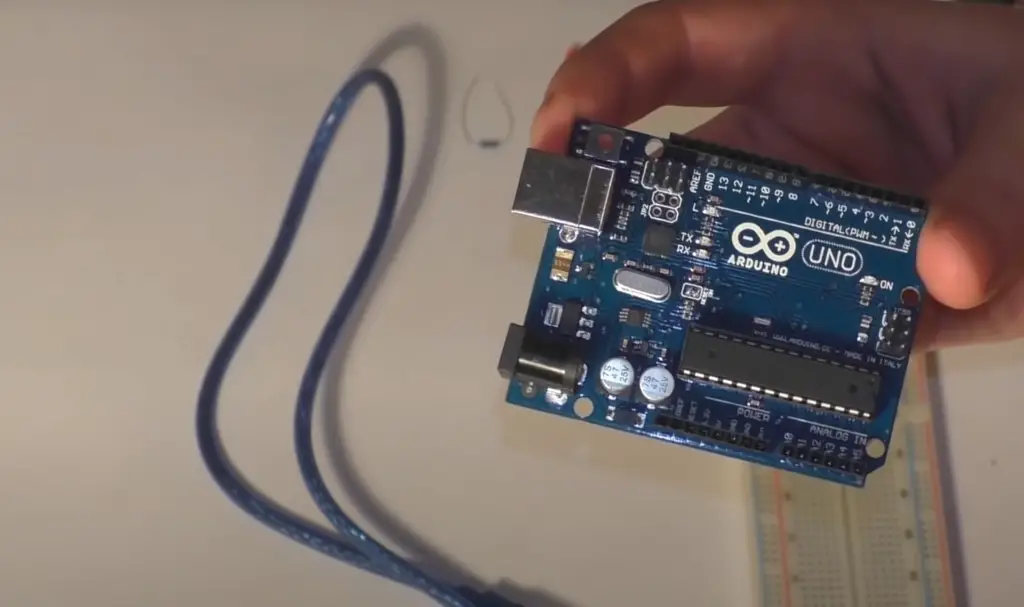
Doesn’t have graphic interface
The Arduino is also unable to use a graphical user interface, meaning that users are limited to text-based coding. While this isn’t necessarily a bad thing, it does mean that creating projects with intricate graphics will require additional components such as LCD screens or LED displays.
Can be confusing at first
While Arduino is a pretty straightforward SBC once you get the hang of it, the learning curve can be confusing and intimidating to those who are new to coding. This is because Arduino’s Processing language requires users to think differently than they would with other popular languages such as Python or JavaScript. It may take some time before you’re comfortable enough to create your own projects without outside help.
Additionally, it may require some soldering and connecting of wires, which can be daunting to some. [1], [2], [3]
BeagleBone vs Arduino: Which SBC is Better?
At the end of the day, both BeagleBone and Arduino offer users powerful and accessible computing capabilities. However, each board has its own set of advantages that should be weighed depending on the user’s needs. We already discussed the pros and cons of each board but how to find which is the better SBC for your occasion and project?
For beginners
For a beginner, Arduino is the better option. It’s simpler to learn and use than BeagleBone, with lots of tutorials and libraries that make it easy to get up and running. Furthermore, Arduino boards are generally cheaper than their BeagleBone counterparts.
This is especially important if you’re also interested in soldering and circuit-building. Arduino boards come with inbuilt headers which make connecting components and building circuits easy. There’s also a wide range of expansion shields to choose from which offer pre-made connections for complex projects.
And we couldn’t not mention the huge community of Arduino users, where you can easily find help and advice. Of course BeagleBone has one as well, but it’s not as large and active as the one from Arduino.
On the other hand, if you want something more powerful with more features, then BeagleBone might be the better choice. Its high-end components allow for more complex projects and its Linux operating system makes it easier to integrate existing software solutions into your project.
For battery-powered tasks
If you’re looking for a board with low power consumption, the Arduino is your go-to option. However both Arduino and BeagleBone are quite close here. When it comes to battery-powered tasks, the Arduino is best used for simple tasks that don’t require a lot of computational power.
On the other hand, BeagleBone Black consumes less power per watt than the Arduino, making it better for more complex tasks. But Arduino gets an upper hand here again in terms of the input voltage range.
This allows Arduino to run on batteries and other DC power sources that have a lower volte range than the BeagleBone.
For applications that interface to external sensors
For applications that require interfacing to external sensors and real-time data processing, both the BeagleBone and Arduino are viable options. However, the Arduino is more suitable for applications that require simple data manipulation with basic analog and digital I/O functions. On the other hand, the Beaglebone has superior processing power and memory capacity which makes it well-suited for complex tasks such as running network services or motor control systems. Both boards also have a wide selection of third party libraries available to help users extend their application capabilities.
For projects that involve GUI
We already brought up the lack of a graphical user interface in Arduino, which leaves you with a command-line only. This can be a deal-breaker for some projects. BeagleBone Black on the other hand has an HDMI port and runs Linux distribution, so it can support GUI applications.
You can choose any of the popular Linux distributions and deploy it on your BeagleBone Black, or choose from several pre-packaged images. This way, you can easily run GUI applications such as web browsers and media players.
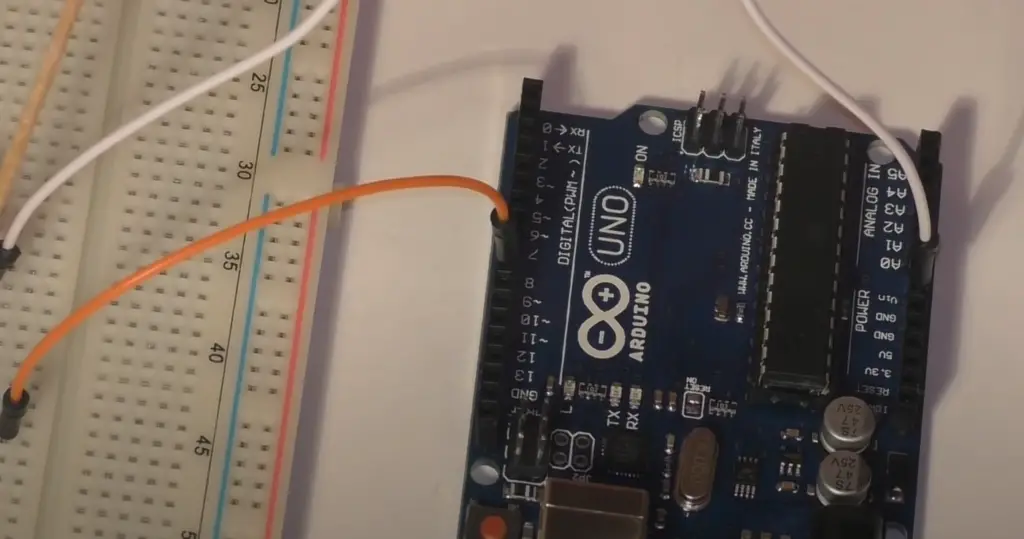
For applications that require internet
BeagleBone is the clear winner here. While Arduino Uno and other variants offer some basic Ethernet capabilities, BeagleBone comes with a more advanced ethernet port, making it much more capable of handling a wide range of internet-based applications.
What’s more, BeagleBone is essentially a small Linux computer, meaning it has the ability to execute Linux commands and run an entire Operating System. This means that BeagleBone can handle internet-based applications with ease, while Arduino would struggle considerably in this regard. [3]
FAQ
Is BeagleBone real time?
Yes, BeagleBone is real time. It runs on an ARM Cortex-A8 processor that is capable of running operating systems such as Linux and Android. This gives it the ability to run multiple tasks concurrently, with very low latency response times. Additionally, BeagleBone also supports the Linux PREEMPT_RT patch which further enhances its real-time performance capabilities.
What is the difference between features of Raspberry Pi BeagleBone and Arduino?
All boards offer users powerful yet affordable computing solutions, but they differ in the features they offer.
The BeagleBone and Raspberry Pi are more advanced SBC than the Arduino, as they offer high-performance processors, multiple cores, and a wide range of I/O options for connecting peripherals such as cameras and displays. They also provide access to Linux operating systems and development tools like Python, making it suitable for more complex projects than the Arduino can handle.
In contrast to the Raspberry Pi and Beaglebone, the Arduino’s main focus is on microcontroller-based projects with limited storage, processing power, and I/O options. It is designed for projects that require basic input and output operations or need to process simple logic functions. Arduino also has a much smaller form factor, making it easier to use in space-constrained applications.
What programming language does BeagleBone use?
BoneScript has an easy learning curve and is based on the open source Node.js project, making it accessible to any developer already familiar with JavaScript or web development. It also supports C/C++ and Python languages and allows access to GPIO pins (General Purpose Input/Output) for hardware integration projects.
What programming language does Arduino use?
Arduino uses a combination of their own Arduino programming language, which is essentially simplified C++ code, as well as libraries written in the same language. Arduino also supports programs written in Processing, Wiring and other languages like Java or Python through its integrated plugin system. In addition to this, it also supports the Firmata protocol, which allows for hardware integration with a variety of other programming languages.
Is BeagleBone Black 32 bit?
Yes, the BeagleBone Black is a 32-bit computer. It has an AM335x 1GHz ARM Cortex-A8 processor with 512MB DDR3 RAM. This allows it to run multiple operating systems such as Debian, Ubuntu, and Android. Additionally, it has more GPIO pins and more available peripherals than Arduino boards. For example, it includes interfaces like Ethernet, HDMI, USB host ports and eMMC flash storage.
Useful Video: Comparison of the Arduino, Raspberry Pi 2, and Beaglebone Black Rev. 3
Conclusion
SBC offers a wide range of capabilities, but BeagleBone and Arduino have earned their places as two of the best. However there are plenty of differences among them.
BeagleBone is the perfect choice for applications where a higher level of computing power and more powerful features are needed, such as those that require advanced Linux capabilities or connected sensors. Arduino is the ideal choice for projects with simpler requirements and limited computational resources.
Beginner makers should start with Arduino, while experienced makers may find BeagleBone a better fit for their needs. Ultimately, the choice between these two SBCs depends on what you intend to do and the skill level of the user.
It’s also worth mentioning the price factor: the BeagleBone is more expensive than Arduino, but with its excellent features, it’s worth every penny!
Ultimately, it comes down to understanding your project’s needs and deciding which platform will be able to meet them accordingly. BeagleBone vs Arduino: both offer great SBC platforms but one might be better than the other depending on what you need it for. Make sure you research each option carefully before making a decision!
References
- https://www.thewindowsclub.com/single-board-computers
- https://randomnerdtutorials.com/arduino-vs-raspberry-pi-vs-beaglebone-vs-pcduino/
- https://makezine.com/article/maker-news/arduino-uno-vs-beaglebone-vs-raspberry-pi/





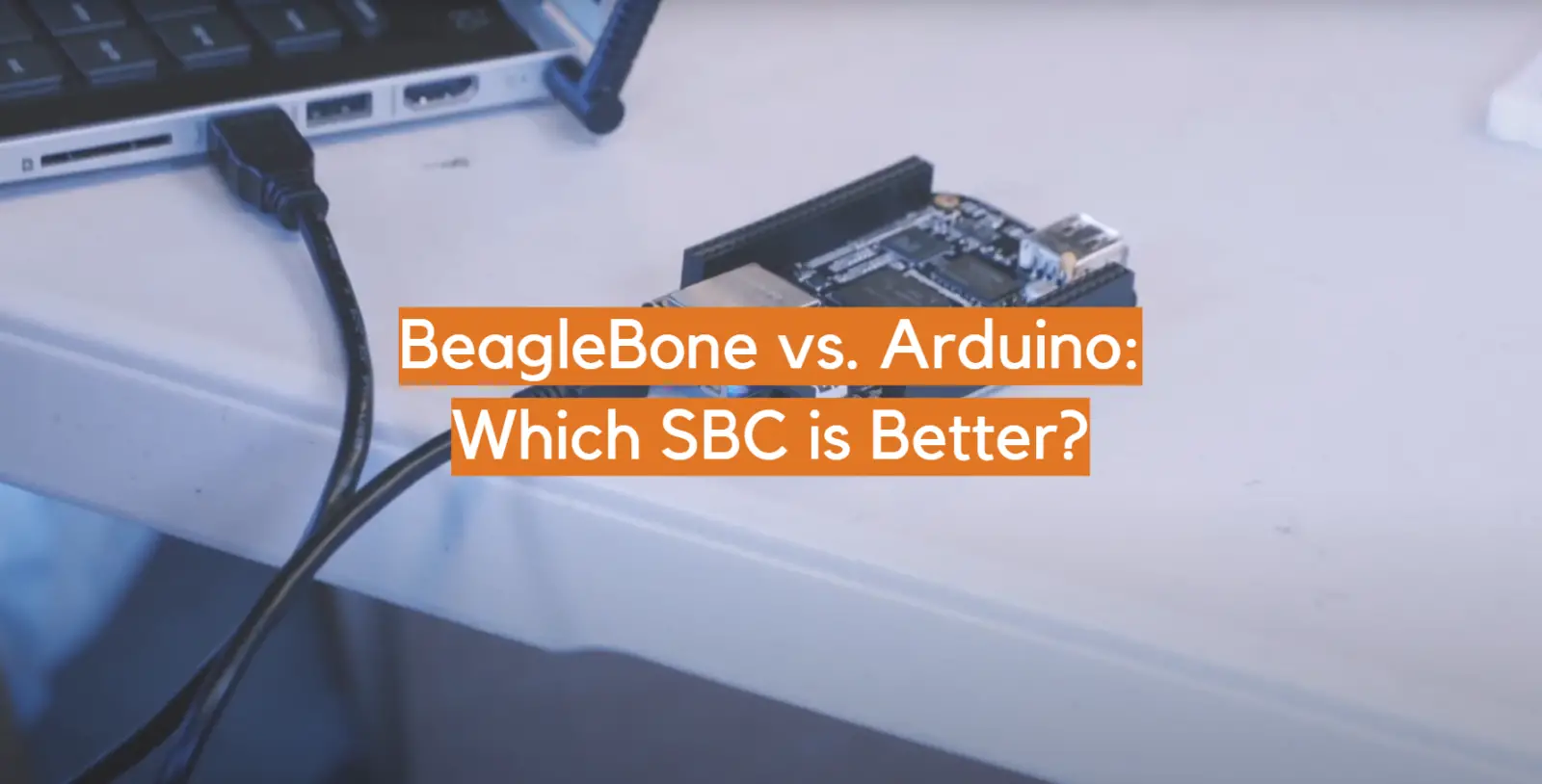







Leave a Reply